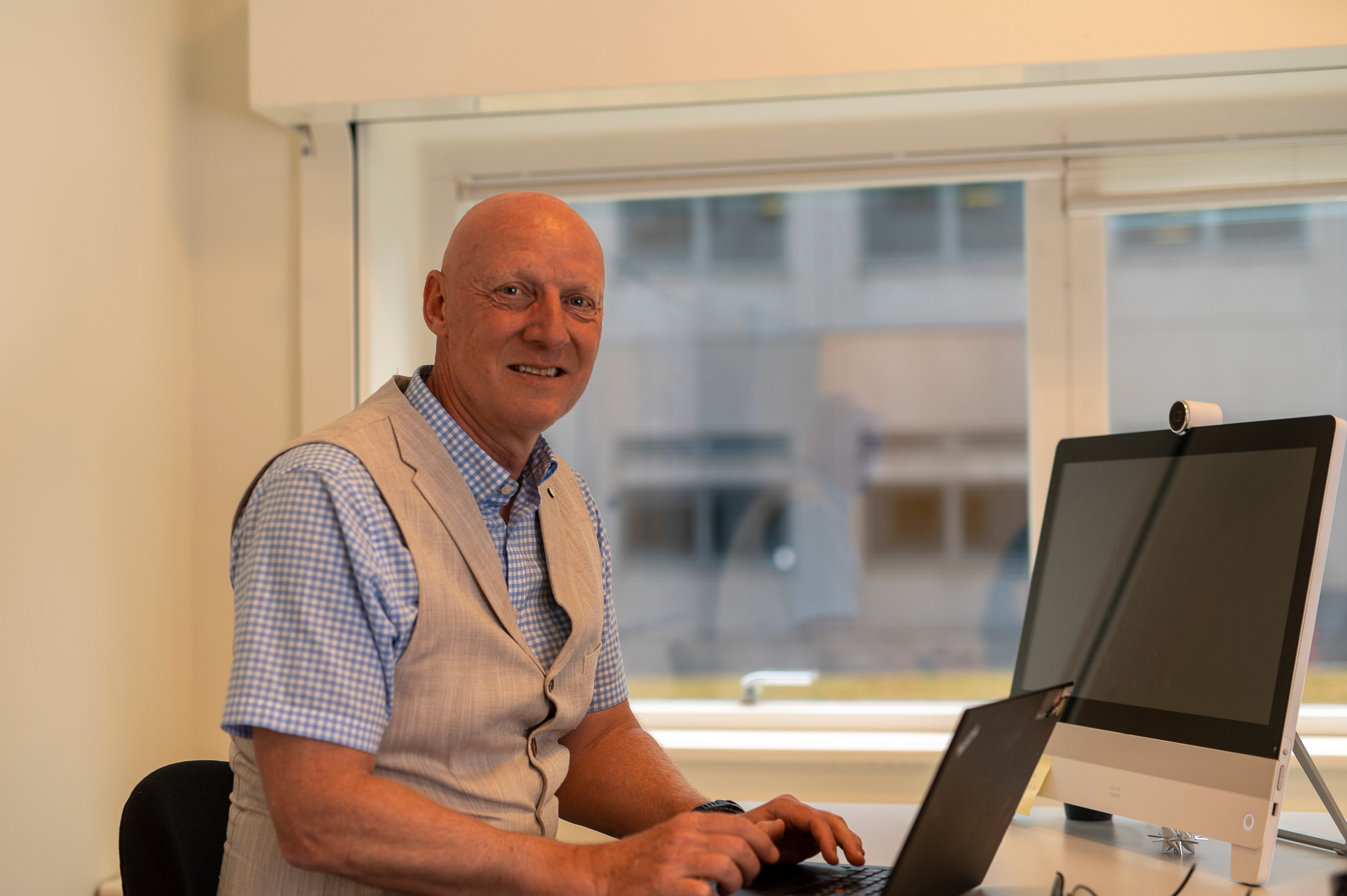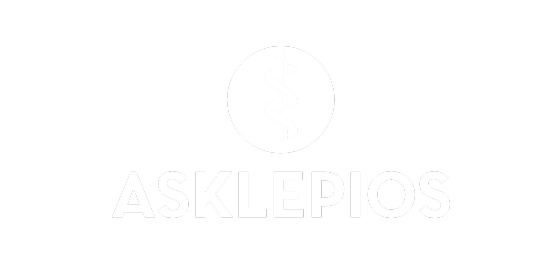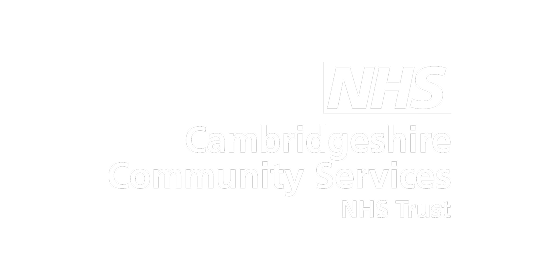
Client:Central Denmark Region
Industry:Healthcare
Region:Europe
RPA Helps Little Things Make a Huge Difference for CDR

85,000
tasks handled by robots in 2020 saving 50,000 hours
~80
processes automated in 24 months
50
RPA devs trained and active in hospitals
10
working days to deliver new automations
x50
pharmacy administration tasks accelerated
Client Overview
The Central Denmark Region, sometimes called CDR or Region Midt, is one of five administrative regions of Denmark. With over 35,000 employees, it serves around 1.3 million people. Healthcare is a key responsibility for the county. In 2019, it implemented its digitization strategy – including RPA and automation – to make its medical services more agile and responsive to its customers.
Digital transformation is about more than replacing paper. RPA helps administrators and clinicians see how they can improve their work and get more from their processes.
CDR is responsible for managing all the hospitals and medical facilities within the region. It’s committed to providing the highest standards of service and care to its citizens. For the Customer and Support department, this translates to quickly delivering effective solutions to hospital administrators and clinicians that help them better serve their customers. Working with UiPath, automation empowers hospitals and medical staff to rethink and improve their daily processes.
When asked about RPA,Børge Knudsen, Head of the Customer and Support department at CDR jokes that it allows them to create ’quick and dirty’ solutions but he’s quick to clarify that it's enabled the county to do ‘small things that have a great effect’. He points to one process within the pharmacy department where a task that used to take over 1 million keystrokes p.a. now takes 40,000 to complete.

Børge Knudsen, Head of the Customer and Support Department
That one robot has reduced someone’s work by a factor of 50. It really showed the power of RPA to help achieve our digitization strategy – not just to us but to our customers in the hospitals. It showed we could deliver the agility and efficiency that they need.
Børge Knudsen • Head of the Customer and Support Department
Since beginning RPA in 2019, CDR has been able to automate almost 80 processes across its hospitals. In 2020 alone, robots could handle over 85,000 tasks, which brought back more than 50,000 hours into the business.
Time back to the business means we can do current process more efficiently as well as address tasks that we simply didn’t have to resource previously. But the real benefit to this is the work satisfaction and wellbeing we can bring to our staff. They feel less pressured and more able to provide better service.
Børge Knudsen • Head of the Customer and Support Department
An example of this is an automation within the orders of blood at the Intensive Care Unit, where the robot ensures that all relevant data is entered to the correct programs—for example, to order a porter, and other programs. That unifies the way to do it, and makes it easier, because the data always comes in the same way. It streamlines the process, reduces work pressure, and also increases quality and patient safety.
RPA. Fulfilling the promise of digital transformation
One key goal of the CDR´s digitization strategy was to get closer to their internal customers to better address their requirements. This involved two elements: first, Børge and his team needed a solution that could deliver solutions quickly meeting the local needs of each individual hospital. Secondly, they needed staff to understand the purpose of digital transformation, engage and take ownership.
RPA proved to be an ideal technology to address both elements.
We quickly learned that we could speed the delivery of new automations with RPA. With traditional development the system could take 24 months to arrive. Now we could have a new automate within 10 working days from concept to production. Our customers were really happy at the speed we could work.
Børge Knudsen • Head of the Customer and Support Department
Using RPA, CDR could redefine how they improved processes for their customers. Previously, the Development division would create deep integration with back-end systems that, although providing excellent results, could be slow and costly. By focusing on the front-end, RPA was able to deliver a good deal of the functionality in a very agile manner.
That’s why I call RPA ‘quick and dirty’. It has meant that we can deliver to our customers in a way that we would not have achieved through traditional approaches. In the region we have around 1400 applications so there’s no way we could have used deep integration alone to meet the goals of our digitization strategy.
Børge Knudsen • Head of the Customer and Support Department
He does, however, feel that the agility and proven record to deliver has shown an unexpected benefit for RPA. One part of the CDR digitization was to help build the digital competencies of all staff. By experiencing how robots are helping them in their daily work, RPA is giving administrators and clinicians a much greater appreciation of digital transformation.
You can talk about digitization and it’s a bit fluffy. Then people get to see what RPA can do and they understand more about what can be achieved. What we’ve seen is staff are beginning to look at their processes and ask how they’d like to see them improved. It’s how we build our pipeline. The hospitals control their own automations. If staff think there’s value in the robot then we’ll make it happen.
Børge Knudsen • Head of the Customer and Support Department
This philosophy of local control is key to the automation program at CDR and the organization has very carefully constructed an infrastructure to make it happen.
Central management, local development
From the very beginning, CDR understood that the organizational, legal, and user access components were every bit as important as the technical side of an automation program. The organization spent 12 months creating the correct structures to ensure that they had an effective process to bring new automations into production.
A key part of this automation infrastructure was a close integration between UiPath software and the municipality’s ServiceNow service desk and it’s configuration management databases. In fact, managers can now request a new automation—or changes to an existing automation—through ServiceNow in the same way as they would request a new or temporary member of staff. The automatic process for approving the new appointment and assigning rights to the digital colleague is identical.
This tight integration has enabled a core part of the success of automation program: the reusability of code. Code is stored in libraries and templates that allow for code snippets to be simply dragged and dropped to speed development on new robots. It's meant that new robots can be quickly developed to meet similar needs in different hospitals, and new variants of an existing robot are easy to create. And, that's very important.
In 2020, CDR established a center of excellence that provides management and control for the automation program while the organization accelerated its activities to create a community of RPA developers within the hospitals. Today, there are around 50 developers spread among the hospitals.
The community is responsible for developing automations for their hospitals as well as working together to build the pipeline and ensure the maximum reuse of robots across hospitals. UiPath software has proven ideal for this local development approach.
We chose UiPath as it proved to be extremely easy for people who weren’t developers to understand. Not only did this allows us to begin to develop our community of local developers but it also meant that we could look at how we could best deliver automations out to the people who use and benefit from them.
Børge Knudsen • Head of the Customer and Support Department
Today we have a 30,000 user license, which I think is the biggest in Europe. UiPath talks about a robot for every person and I think that we have a very similar idea. We want to make it easy for a member of staff to have an automation that will help them personally. This doesn’t involve new automations every time, only small adjustments to fit with how the person works. For example, there are around 1000 doctor’s assistants in the region, say, each one is doing a similar job but each has their own personal way. We can quickly amend the robot for every individual.
Børge Knudsen • Head of the Customer and Support Department
Related case studies
Ready for your own case study?
Speak to our team of knowledgeable experts and learn how you can benefit from agentic automation.






